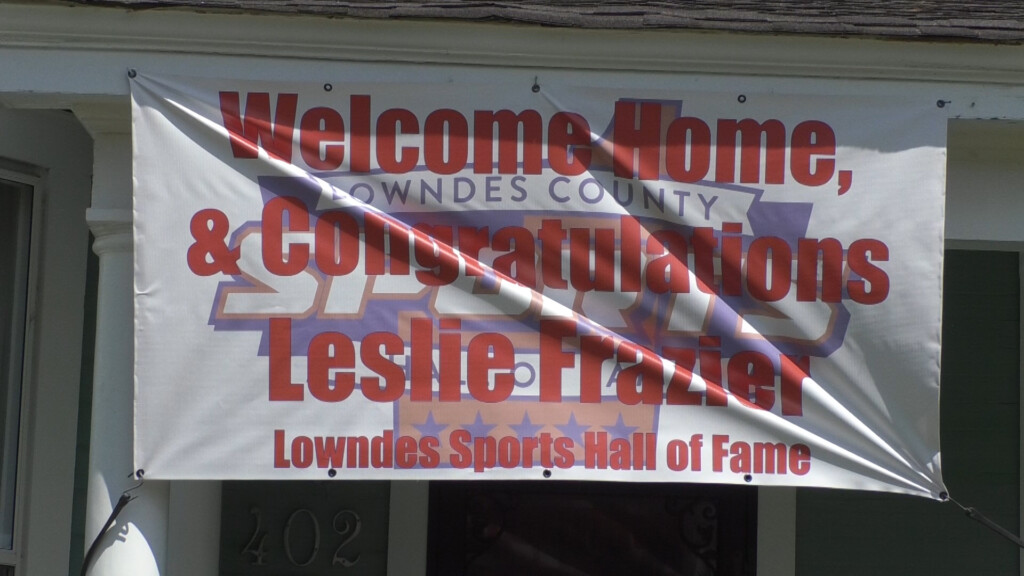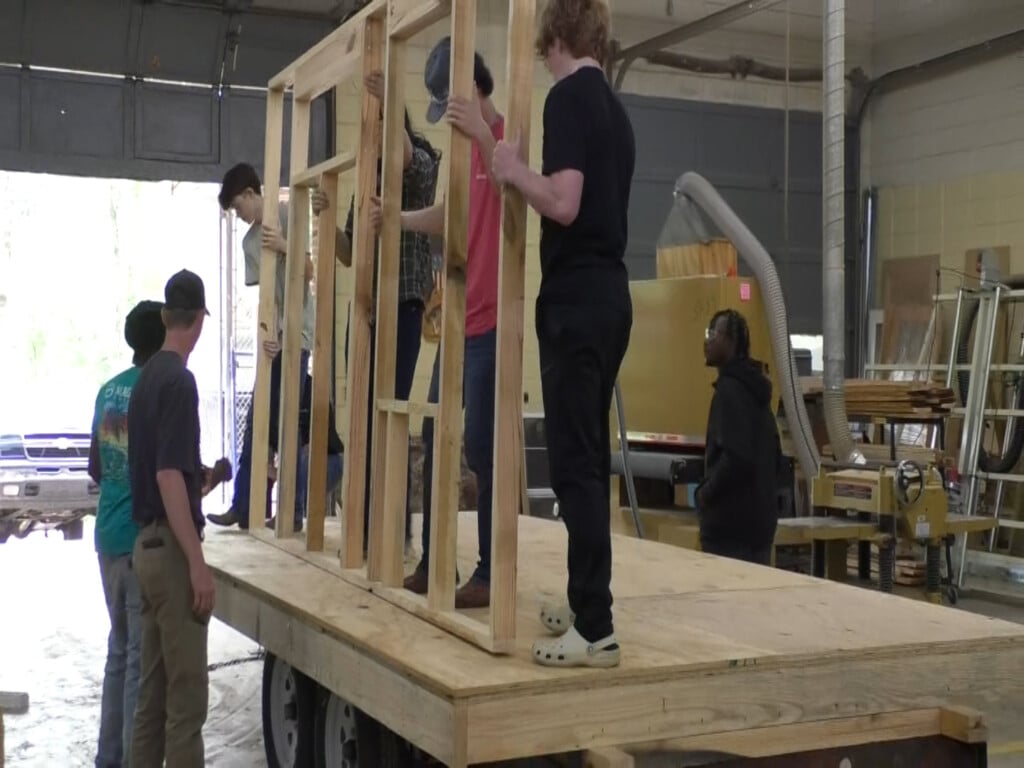Mississippi State Athlete Engineering Summit brings latest in sports science to pros on and off the field
LOWNDES COUNTY, Miss. (WCBI) – Wednesday, Mississippi State launched its inaugural Athlete Engineering Summit on the latest developments in technology meant to advance the field of athletics and beyond.
The goal of the summit hosted at East Mississippi Community College’s Communiversity, was to bring together experts in professional sports, medicine, the military and manufacturing to discuss how the same data used to monitor a pitcher’s throwing shoulder can help a factory worker on the job.
“This is an arm sleeve with a battery on it and what this does is streams performance data about your kinematics,” says Mark Ronay, CEO of Liquid Wire, one of the vendors set up at the conference. “How you’re moving your limb, how you’re bending your elbow, how often you’re doing it, how many times per minute you’re doing an action.”
The concept of using sports science data in industries other than professional sports is what prompted MSU to put the event together.
“Whether you’re in an industry like the military or athletics or medical, we really all want the same thing, which is happy and healthy and effective workers and team members,” says Reuben Burch, Associate Director of Human Factors in Athlete Engineering at MSU.
Many of the guest speakers and technology on display revolved around wearable technology for performance monitoring as well as the use of virtual reality to collect cognitive data.
“We’re essentially all trying to solve the same problem,” Burch says. “Which can be handled with data and technology and the advancements of wearables and machine learning.”
Wearables like a glove with liquid metal running through it that conforms to the hand to track motion and gesture control.
“We use that data to look for certain windows and movements getting smaller and smaller that indicate fatigue or imminent injury,” says Ronay, whose company developed the glove.
NFL Chief Medical Officer Dr. Allen Sills, a Mississippi State alum, was one of the speakers. Dr. Megan Stewart, performance science senior analyst with the Milwaukee Brewers, was another. She led a discussion on how Major League Baseball uses motion-tracking technology.
“After they’ve gone through (physical training), after they’ve gone through rehab, we look at how can we get them onto the field healthier, stronger, better,” Dr. Stewart says. “What are the mechanics like at the beginning, so potentially, we could mitigate some injury risks in the future.”
STRIVE Tech, which has developed compression shorts featuring special sensors, says that while they work with the MLB, NFL and NCAA, they also have workers at PACCAR testing their shorts.
“You can see the lines, squiggles in our sensors right here that go on your glutes, quads and hamstrings,” senior solutions manager Steven Pazan explained.
So that even though not everyone can play sports for a living, they should be able to live healthier.
“Even the way we sit at a desk really matters and it adds up over time,” Ronay says. “So these kinds of wearables give you feedback about how you’re using your body and tell you how to use it in a way that’s healthier over a longer period of time.”




